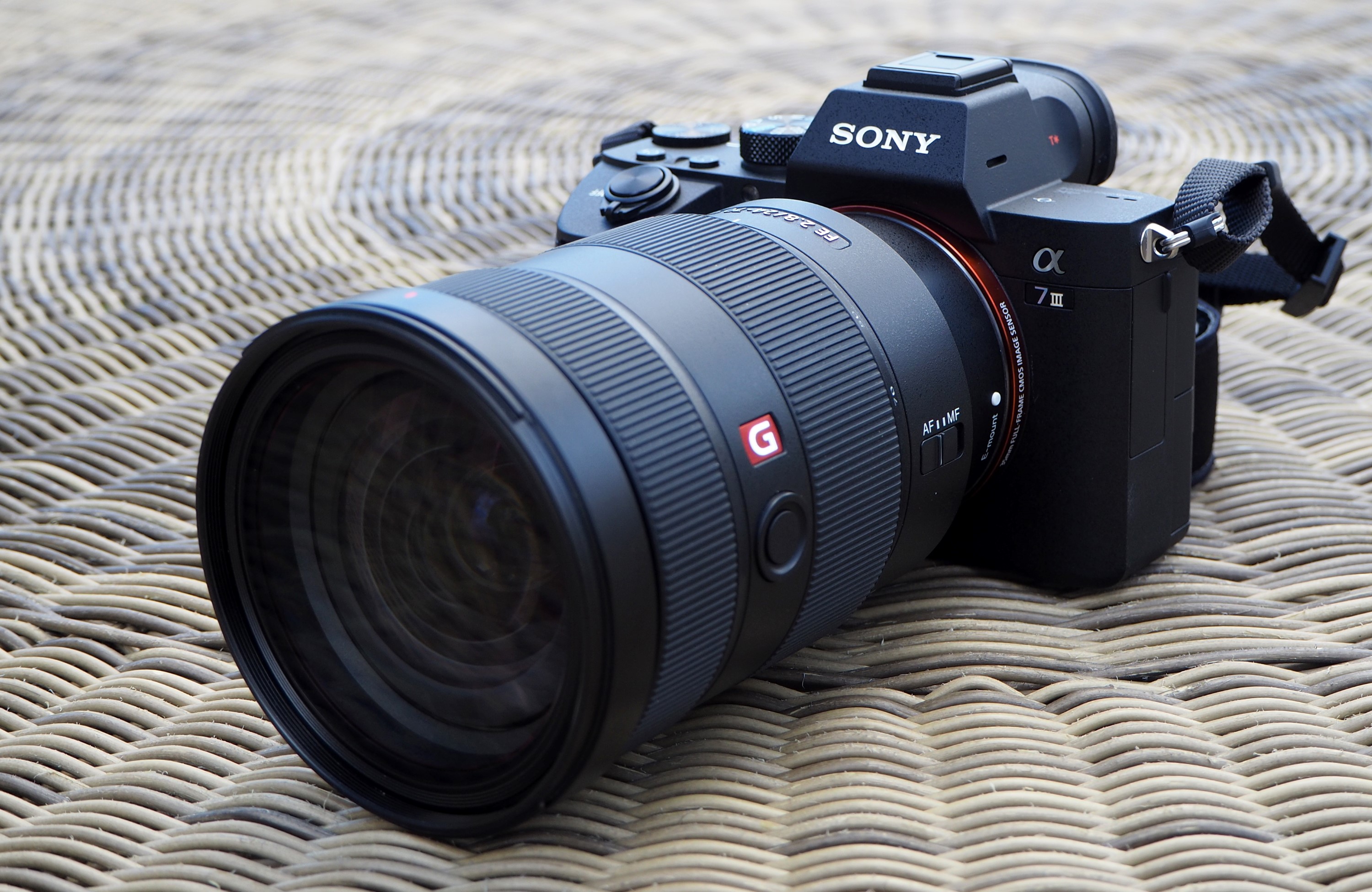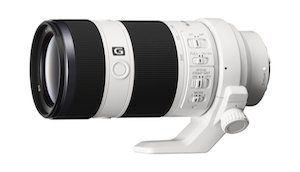
Oh for a very small 12 to f/4 in FF 1218 (remove light shield) and aps-c 15-27 IS, AF, screw on filters, camera will say 12mm BUT FOV is 18mm but looks like 12mm with pin point stars (used for 2 years before the 1224). Lastly Primes will be on your shelves mostly not in your bag. Most time will carry clear trash bag to change lenses (no salt air in camera body) using only A7iii for both jobs and lightest carry bag (all night/ morning gets heavy). Example I will go out at night for Milky Ways with the 1224 on A7S and the 24240 on the A7iii for wildlife (birds) while walking back through a marsh with sun behind, silent mode (saves the shutter), APS-C gets 360mm (center of sensor best AF) at 10 fps in flight shots motion stops sharply. For the widest Voigtlander 10mm f/5.6 (can be used for astro Milky Way at 30s with pin point stars with no pin cushion effects) and for max reach 200-600mm with 2x teleconverter 1800mm (in APS-C). The lenses to carry always 1224 f/4, 24240 both fit in a teardrop sling bag. For casual shooting, the 75mm is a great choice, and right now, you could argue that there's nothing else like it on the market.Īs far as primes stay Sony, fast and bokeh is always best with manufactures! But if first starting out go with Canon FD with adapter to learn a lens mm and prism filters get awesome effect that digital will never get! Remember 98% of shots will be at f/8 but if portraits f/wide open. I’m about to take my second trip where I’m packing as light as possible and taking only my 35mm and 75mm f/1.8 Samyang. As detailed in this review, it’s not as sharp as many of Samyang’s other lenses, but the tradeoff in terms of price ($399) and convenience makes it very appealing to certain customers. There’s few who have anything bad to say about the Samyang, and while you don’t get the weather sealing, custom button, and overall build quality of Sony’s f/1.4 GM ($1,798) or Sigma's f/1.4 DG DN Art ($1,199) lenses, you do save yourself a serious amount of cash.Īnd if that’s not enough, don’t forget Samyang’s ludicrously small 75mm f/1.8. The Sony/Viltrox conundrum is further complicated as a result of Samyang taking it upon themselves to make an 85mm f/1.4 that’s the same price as the Sony 85mm f/1.8, give or take a dollar ($599).
#FULL FRAME LENS FOR SONY A7 MANUAL#
At $399, this might be the most-bokeh-for-your buck lens available without opting for something that only has manual focus. The one downside is that chromatic aberration can be a little heavy, but probably not enough to make you want to spend more on the Sony. You can check out my review here.
#FULL FRAME LENS FOR SONY A7 UPGRADE#
It's sharp, autofocus is excellent, and it is a significant upgrade over other "tiny" lenses from Samyang, as it has weather sealing. It’s not clear when it will hit shelves (hopefully in the month or two), but the AF 35mm f/1.8 from Samyang is a stellar piece of glass and comes in at under $400.

Sony finally pulled its finger out by releasing a lens that felt a touch high in price ($748), and now Samyang/Rokinon, has produced something that makes the Sony seem even more expensive.

Until last year, there was a gaping chasm in Sony’s lens lineup: the system lacked a 35mm f/1.8. Here’s a list of my recommendations if you’re pondering a new prime lens but don’t want to spend a huge amount of money. In addition, third-party lenses are often smaller and lighter, and with the Sony a7C about to hit the shelves, even more, customers will be looking for glass that matches the diminutive size of their body. Companies such as Sigma, Samyang, and Tamron have plugged a few of the gaps left in Sony’s own lineup, as well as producing a number of lenses that perform better than their expensive Sony counterparts. Third-party manufacturers make Sony’s mirrorless cameras an appealing system for photographers on a tight budget thanks to the wide variety of lenses available.


 0 kommentar(er)
0 kommentar(er)
